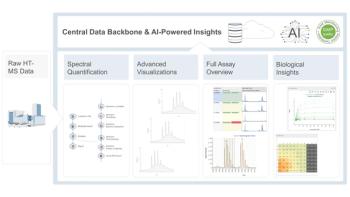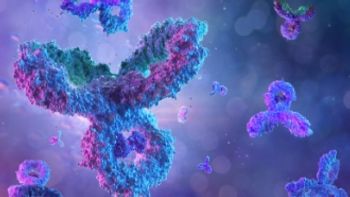
Workflows for Non-Targeted Analysis of PFAS in Biological Matrices
Webinar Date/Time: Session 1: Thursday, May 16, 2024 at 11am EDT | 8am PDT Session 2: Thursday, May 16, 2024 at 2pm EDT | 11am PDT Session 3: Thursday, May 16, 2024 at 11am AEST | 6pm PDT
Learn the Various Instrumentation and and Acquisition Techniques Available and Benefits of Different Approaches for PFAS
Register Free:
Event Overview:
Traditional targeted assays struggle to capture the full picture of per- and polyfluoroalkyl substances (PFAS) in humans. This webinar explores a comprehensive non-targeted workflow using high-resolution mass spectrometry and FluoroMatch Suite software that overcomes this limitation. It will cover various acquisition methods with various Agilent instrumentation including the Revident, 6546, and 6560. Benchmarking against targeted methodologies, this non-targeted workflow both provides confident annotations and comprehensive analysis, allowing for the discovery of new or rarely screened PFAS. The workflow examines dried blood spots (DBS), whole blood, and urine from various populations and animal models. Furthermore, it examines biotransformation products of PFAS using mouse models, as well as glucornic acid conjugates as major transformation products of various PFAS precursors. The study successfully identified 4 previously unknown or rarely screened PFAS in DBS and whole blood from various populations in different parts of the globe, including a class of emerging concern called perfluoroalkyl ether carboxylic acids (PFECA). This research has significant implications for public health. By revealing the full spectrum of PFAS exposure, it can inform targeted widescale monitoring, research, and policies that lead to improved monitoring and regulation of these widespread contaminants.
Key Learning Objectives:
- Learn the various instrumentation and acquisition techniques available and benefits of different approaches (LC-HRMS, LC-IM-HRMS, iterative exclusion, All Ions).
- Understand the information available from non-targeted approaches for PFAS.
- See the advantages and challenges of non-targeted analysis of biological samples.
Who Should Attend:
- Heads of groups interested in/performing non-targeted analysis of PFAS
- Lab technicians, researchers, and students in labs doing PFAS analysis
- Informaticians working with PFAS data
- Officials and policy makers interested in PFAS measurement
- Core laboratories looking for efficient PFAS non-targeted workflows
Speaker:
Dr. Jeremy Koelmel
Research Faculty at Yale University
CEO of Innovative Omics
Dr. Jeremy Koelmel leads a team of software developers as CEO of Innovative Omics and as Research Faculty at Yale University. He has led the development of over ten software and written 60 publications in the last six years covering intelligent data acquisition, lipidomics, PFAS analysis, polymers, and mass spectral visualizations.
Register Free:
Newsletter
Join the global community of analytical scientists who trust LCGC for insights on the latest techniques, trends, and expert solutions in chromatography.





